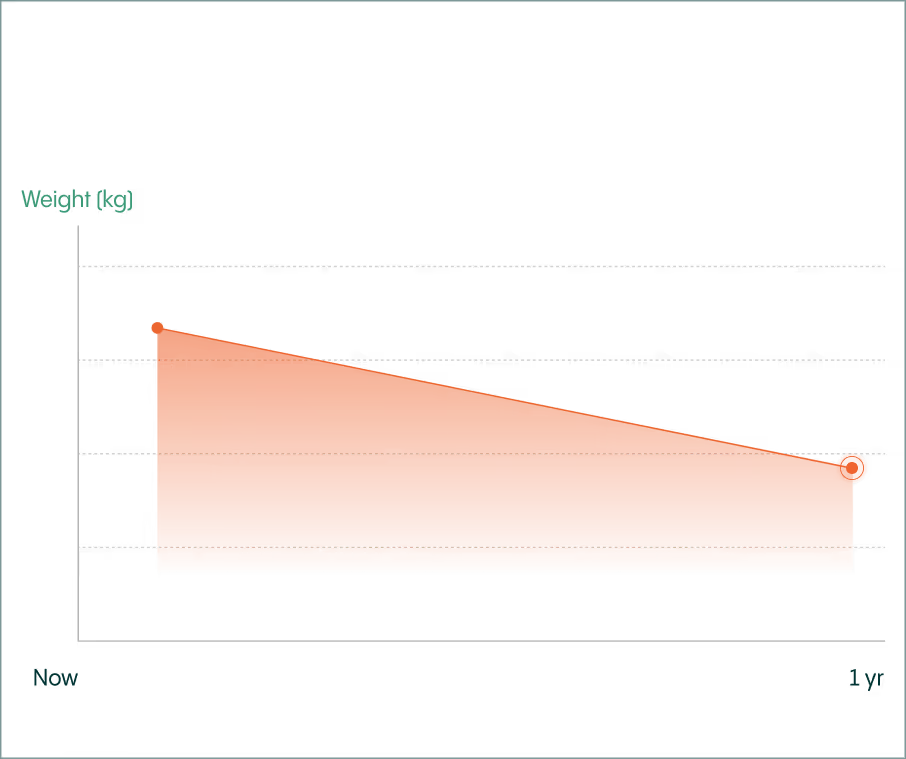

In this article, we will be explaining what ashwagandha is, the various health benefits linked to ashwagandha and how much ashwagandha you would need to take daily in order to reap those benefits.

Ashwagandha is considered to be a Rasayana herb in Ayurvedic medicine, a herb used to boost overall health, promote youth and longevity and increase energy levels. Ashwagandha's medicinal powers are attributed to its high levels of withanolides, a naturally occurring steroidal lactone found in the roots of the ashwagandha plant. Withanolides are known for their ability to alleviate symptoms of chronic stress and anxiety.
Research has shown that taking ashwagandha supplements daily can potentially provide health benefits like:
• Reducing blood sugar levels
• Reducing cortisol levels
• Reducing inflammation
• Lowering cholesterol levels
• Boosting testosterone levels
• Boosting male fertility
• Increasing muscle strength and mass
You can find ashwagandha in various forms like elixirs, powders, pills and capsules.
While there isn't a standardized dosage for ashwagandha, according to clinical trials done, the lowest effective dosage of ashwagandha to achieve health benefits is about 600 mg.
However, the right dosage that you will need to take daily will depend on what you're using ashwagandha to address.

One of the best known uses of ashwagandha is to reduce anxiety and stress.
When you experience stress, your body releases a hormone called cortisol into your bloodstream. When levels of cortisol are elevated, it could potentially lead to a compromised immune system, weight gain and high blood sugar levels.
As an adaptogen, ashwagandha is able to help the body adapt to stress, modulate the neurotransmitters and adrenal hormones and decrease inflammation. Ashwagandha can also help reduce cortisol levels.
Studies have shown that daily dosages of 500 to 600 mg of ashwagandha taken for at least 4 week can help to reduce symptoms of anxiety and stress. Ashwagandha has also been shown to reduce the likelihood of insomnia developing for people who suffer from anxiety and stress disorders.
.jpg)
Taking 500 to 600 mg of ashwagandha supplement daily might be able to increase muscle strength and mass in men, while also reducing body fat.
In a study conducted in 2010, men who took 500mg of Ashwagandha daily continuously for 8 weeks saw an increase in their strength go up by 1%, whilst the control group did not experience any improvements to their strength.
In another study conducted in 2015, men were given 300 mg of ashwagandha to take twice a day (600mg in total, daily) for 8 weeks. Compared to the control group, participants who took 600mg of ashwagandha daily saw a 1.6 - 2.3 times increase in their muscle size and a 1.5 - 1.7 times increase in their muscle strength.
According to Ayurvedic medicine, ashwagandha was considered an aphrodisiac due to its ability to increase and regulate the testosterone levels in men, which would in turn boost fertility.
In a study conducted in 2013, participants were made up of 46 males who suffered oligospermia, a condition that causes low sperm counts. They were given 225 mg of ashwagandha to take 3 times a day (a total of 675 mg daily) for 90 days and experienced an increase in their testosterone levels, sperm count, sperm motility, sperm concentration and luteinizing hormone.
While ashwagandha is generally safe for consumption, you might experience some side effects while taking it especially if you are currently taking any other medication or have pre-existing health issues.
Taking small quantities of ashwagandha is unlikely to cause any side effects but larger doses can potentially cause vomiting, diarrhea or an upset stomach. Ashwagandha can also cause you to be sleepy or drowsy.
Ashwagandha can interact with medications used to treat diabetes, low or high blood pressure, thyroid conditions or autoimmune disorders. Ashwagandha can also potentially affect your recovery from surgery, trigger auto-immune disorders or irritate stomach ulcers.
If you are taking any other medication or have any pre-existing health issues, it is important that you consult your doctor before taking ashwagandha supplements.

When buying ashwagandha supplements in Singapore, it is important to consider where and how the supplement has been manufactured to determine its quality and potency. Knowing where the Ashwagandha was manufactured will also help you determine whether it contains any harmful ingredients and contaminants.
Noah has exclusive access to distribute KSM66 ashwagandha, an extract licensed by Ixoreal Biomed which has the highest concentration of all major root only extracts available on the market today. It is produced without using alcohol or any other chemical solvent.
Noah formulated Vigour, their proprietary blend male supplement, to help men continue to live a confident, healthy life. Vigour blends 5 active ingredients including world's best KSM-66® Ashwagandha organic full spectrum root extract, Maca root extract, Magnesium, Vitamin D3 and Zinc to improve different areas of male virility.



Articles featured on Noah are for informational purposes only and should not be constituted as medical advice, diagnosis or treatment. If you have any medical questions or concerns, please talk to your healthcare provider. If you're looking for a healthcare provider, click here.
Ambiye, Vijay R et al. “Clinical Evaluation of the Spermatogenic Activity of the Root Extract of Ashwagandha (Withania somnifera) in Oligospermic Males: A Pilot Study.” Evidence-based complementary and alternative medicine : eCAM vol. 2013 (2013): 571420. doi:10.1155/2013/571420 (Link)
Sandhu, Jaspal Singh et al. “Effects of Withania somnifera (Ashwagandha) and Terminalia arjuna (Arjuna) on physical performance and cardiorespiratory endurance in healthy young adults.” International journal of Ayurveda research vol. 1,3 (2010): 144-9. doi:10.4103/0974-7788.72485 (Link)
Wankhede, Sachin et al. “Examining the effect of Withania somnifera supplementation on muscle strength and recovery: a randomized controlled trial.” Journal of the International Society of Sports Nutrition vol. 12 43. 25 Nov. 2015, doi:10.1186/s12970-015-0104-9 (Link)